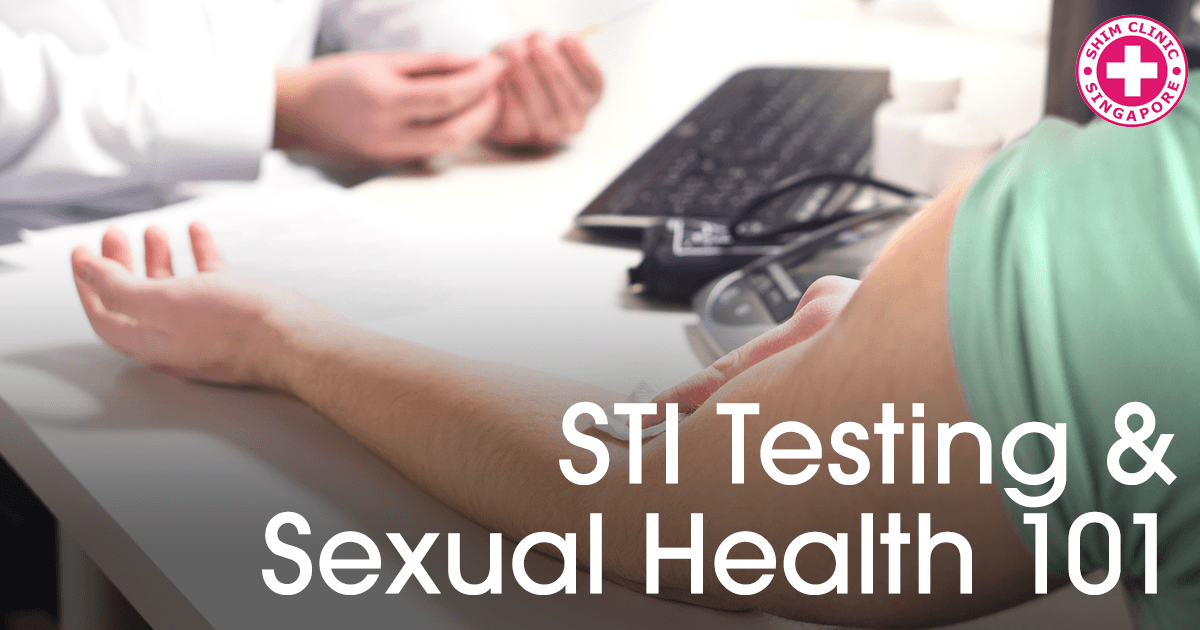The World Health Organization updated a fact sheet in August 2016 that estimated a daily acquisition of new sexually transmitted diseases at about 1 million worldwide. 1.5 million cases of Chlamydia were reported in 2015 in the United States.
In Canada, chlamydia, which is the most commonly reported infection, rose from 39,372 to 116,499 annual cases between 1998- 2015, while gonorrhea cases increased from 5076 to 19,845 within the same period. Infectious syphilis on the other hand rose from 501 to 4551 cases.
It is imperative for sexually active individuals go for annual STD testing. However, experts are warning that a large number of these Canadians are not getting tested. This increases the risk of passing on untreated infections to their partners.
While reasons for avoiding testing may include the stigma and shame attached to the affair, there is also the notion that one does not need testing because they do not show any symptoms of infection.
It is vital to note that symptoms are hardly visible within the initial stages of infection – about 70% of women do not show any signs of chlamydia. The only way therefore to verify the presence or absence of any infections is through testing.
Experts shed light on what we need to know as far as testing is concerned.
When and How Often to Get Tested?
One is advised to start going for testing as soon as they are sexually active. In addition to this, should there have been any ‘accidents’ such as a ripped condom, drunken sex, or basically unprotected sex, testing is necessary. When such incidents occur, one should consider HIV PEP, sometimes also known as the HIV morning-after pill, which works to stop HIV infection from taking hold if administered well within the 72 hour period – reducing the risk of infection by up to 90%.
There is no ideal number of times to get tested; as many times as possible is always best. A person with multiple partners might need to visit a clinic more often than one with a single partner.
There is also no ‘correct’ time to get tested- some do it at the start of a new relationship while others after relations with a partner whose prior history was vague.
What Happens During a Test?
The particular test depends on the infection being tested for. Urine samples can be taken for gonorrhea or chlamydia. The two STDs can be tested using a vaginal examination. This involves taking a swab from the cervix, or penis, rectum or throat for men.
Hepatitis, HIV or syphilis are on the other hand tested using blood tests. STIs have incubation periods; it is advisable to not be tested immediately after unprotected sex. For chlamydia or gonorrhea, the earliest window is after 2-6 days while for syphilis, it is 3-6 weeks.
Where Can One Get Tested?
Testing is free in many western countries like Canada. In Singapore, you can test in clinics like the DSC clinic where the costs has been heavily subsidised, or come to a private STD Clinic like Shim Clinic, a clinic with years of experience handling sexual health issues with a focus on privacy and confidentiality.
Symptoms
As aforementioned, sometimes the symptoms are not visible. If present however, they include;
- Rash, sores or itching around the genital area
- Burning or discomfort during urination
- Unusual discharge with an odor from the penis or vagina
- Pain in the lower abdomen
Treatment Options
Prevention is always better than cure. However, in case of infection, chlamydia, gonorrhea and syphilis can be treated by use of antibiotics. Herpes can be suppressed through ongoing treatment.
Super-gonorrhea, which is antibiotic resistant, is proving worrisome to experts and an injection is being relied upon, in addition to antibiotic treatment.
STDs are more common than perceived, with infections ever on the rise. Their symptoms are not always visible and therefore infected individuals remain ignorant until testing is done. The social stigma that comes with this issue must be done away with in order to encourage more people to go for STI screening.
Infections are not biased to any gender or age group, therefore STI testing is advised as long as one is sexually active. If one is screened positive for any infection, treatment is usually available. Learn about the different treatment options for different infections here.


Pingback: Is Your Sexual Health Amiss? Here are A Few Signs to Look Out For